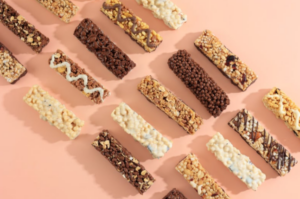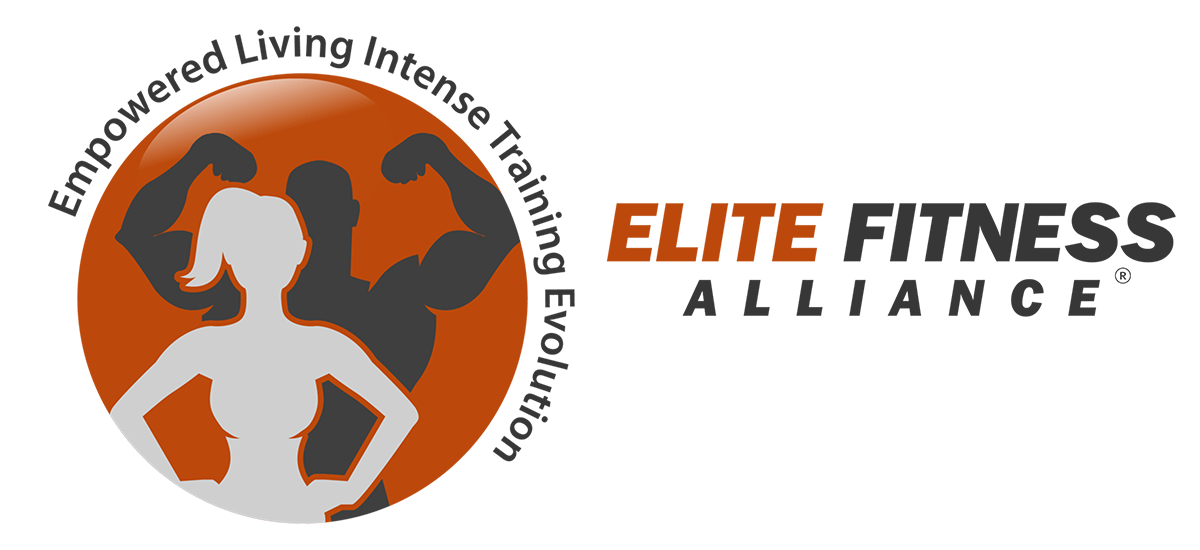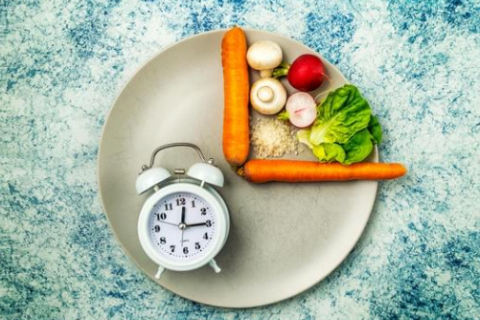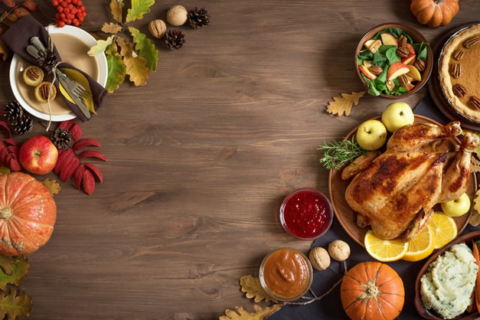The Truth About “Healthy” Snack Foods That Stall Progress
The Truth About “Healthy” Snack Foods That Stall Progress
Walk into any grocery store, and you’ll see shelves full of protein bars, “energy” bites, and “low-fat” snacks promising to help you stay fit.
But here’s the truth: many of these so-called healthy snacks can stall your progress, even if the label looks impressive.
At ELITE Fitness Alliance, we see it all the time — clients eat with good intentions but get caught in the marketing trap. Let’s break down what’s really happening and how to make better choices.
1. Marketing vs. Real Nutrition
Food companies know the buzzwords: “high protein,” “low carb,” “keto-friendly,” “organic,” “natural.”
But these claims don’t always mean healthy.
A study published in the Journal of the Academy of Nutrition and Dietetics found that many foods labeled as “healthy” contained as much sugar, sodium, and saturated fat as regular snack foods.
So while the front of the label might look like progress, the ingredients list often tells another story.
2. The Hidden Sugar and Calorie Problem
Many “fit” snacks use added sugars (like brown rice syrup, agave, or honey) and artificial sweeteners that still spike cravings and appetite.
Even protein bars can have 200–300 calories and 15–20 grams of sugar — almost the same as a candy bar.
According to Harvard Health, even natural sweeteners can raise blood sugar levels and interfere with hunger regulation.
These snacks often leave you hungry again soon after, leading to overeating later in the day.
3. “Low Fat” Doesn’t Mean Low Calorie
When fat is removed from a product, manufacturers usually replace it with sugar or starch to make it taste better.
The result? The calorie count often ends up the same—or higher.
As explained by the Mayo Clinic, fat-free snacks don’t necessarily help with weight control and can even make you less satisfied.
4. Real Foods Win Every Time
“Healthy” Snacks vs. Real Food Choices
Even the so-called “healthy” snacks can sneak in sugars, processed oils, and empty calories. Here’s how to make smarter swaps that keep your goals on track
Protein Bar (Store-Bought)
Calories: ~250
Sugar: 15g
Protein: 18g
Satiety: ⚖️ Medium
✅ Better Alternative: Greek yogurt with berries — same protein, less sugar, more nutrients.
(Sources: Harvard Health, Mayo Clinic)
“Healthy” Granola
Calories: ~200
Sugar: 12g
Protein: 4g
Satiety: Low
✅ Better Alternative: Homemade oatmeal with nuts — rich in fiber, healthy fats, and satisfying.
(Sources: Cleveland Clinic)
Veggie Chips
Calories: ~130
Sugar: 2g
Protein: 1g
Satiety: Low
✅ Better Alternative: Cucumber, carrots, or bell peppers with hummus — fiber, hydration, and crunch without the grease.
(Sources: NIH.gov)
Flavored Trail Mix
Calories: ~180
Sugar: 14g
Protein: 3g
Satiety: ⚖️ Medium
✅ Better Alternative: Homemade mix of unsalted nuts and one serving of fruit for sustained energy and healthy fats.
(Sources: American Heart Association)
When you choose real food, you’re not just saving calories — you’re getting better nutrition, more fiber, and longer-lasting energy.
5. How to Snack Smarter
Here are a few ELITE-approved strategies:
-
Plan snacks like mini-meals: Combine protein, fiber, and healthy fats (e.g., apple + nut butter).
-
Read ingredient labels: The fewer the ingredients, the better.
-
Avoid snacks that make you hungrier: Highly processed foods often trigger more cravings.
-
Hydrate first: Sometimes thirst feels like hunger.
-
Focus on consistency: What you eat most often matters more than any single snack.
Bottom Line
“Healthy” doesn’t always mean helpful. Many snacks marketed to fitness-minded people are holding them back from real results.
If you want to feel better, move better, and look stronger, start with simple, whole foods that actually fuel your body — not confuse it.
At ELITE Fitness Alliance, we help clients cut through the noise and build nutrition habits that support their long-term strength and energy.
Ready to Learn What Works for YOU?
Let’s create a plan that supports your goals without the confusion.
Want help creating a muscle-building plan that fits your diet and your goals? Visit us at elitefitnessalliance.com.



